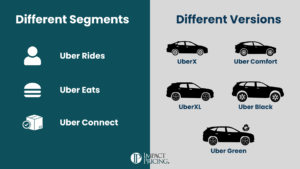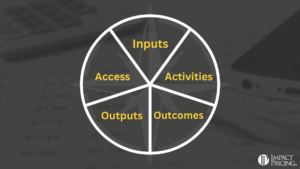Hi Readers,
I received this very insightful email from Ryan Mann. You may want to read it. Afterward, I’ll outline my big takeaways or Aha! thoughts.
“Mark, I was listening to your podcast about subscriptions. For me, a subscription is defined by the things it lacks. It lacks a buyout or any title transfer of the capital asset at the end of the term. It’s about ownership, not duration. Subscribing organizations treat payments as OpEx.
About two years ago, I put together a program that provides networking equipment as a service. I did this due to changes in the accounting rules pertaining to leases, which I believe accounts for much of the shift to subscription-based offers. The rules required any lease longer than one year be accounted for as if it were a capital lease. This meant that billions of dollars in operating leases would now be added to the debt column on the balance sheet. Moving capital assets to a subscription model essentially hides the debt.
Unfortunately, that money now comes from the OpEx pot which is a new (and uncomfortable) business model for many executives. The data center business operates exclusively on this model partly due to their tax structures as REITS. It also makes the accounting easier to understand. The business moves to a cashflow-matching model. I, myself, am a much bigger fan of cash flow than any other indicator.
We require a 3-year term with a Non-recurring charge upfront. Sales comp for these deals is still being developed after two years. We’re leaning toward a percentage of the total contract at the time of sale, and at the beginning of each subsequent year. Complications can be found in the channel sales areas where our channel partners don’t agree with our methods since their sales personnel want all of it upfront.
We’re still in the infancy of this whole shift in strategy.
Regards, Ryan”
The Takeaways
One of the most powerful things pricing people can do is create an all-encompassing framework or belief and then test it against many different situations. It’s fun to listen to a hardware person talk about subscriptions because it is truly from a different perspective.
My big takeaways:
- A subscription lacks a buyout or transfer of ownership. Absolutely true, but this doesn’t even cross the mind of SaaS companies.
- Accounting rules for leases of hardware changed, making subscribing to hardware more intelligent. Subscriptions seem to be taking over the role that a lease used to have, change CapEx to OpEx.
- In a later email to me, not shown here, Ryan used an analogy of a cable box (or DirecTV):
- There is usually an upfront cost. I’m guessing they try to cover their hardware costs or at least help the cash flow issue.
- They require a multi-year contract. They assure an LTV. Anything after that is “found money”. Of course that makes the sales job harder.
- They struggle with sales compensation. One day we will do a podcast or article on sales compensation for subscriptions. This is a challenge for everyone.
Thanks for the insights Ryan!
**NOTE: Mark will participate in the conversation about this post on LinkedIn which you can get to here.














